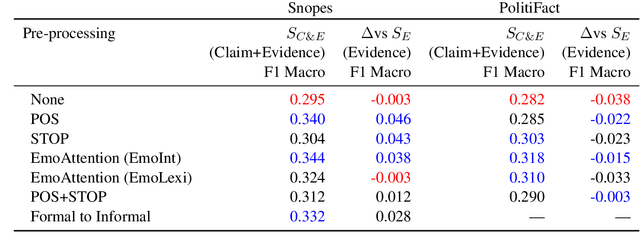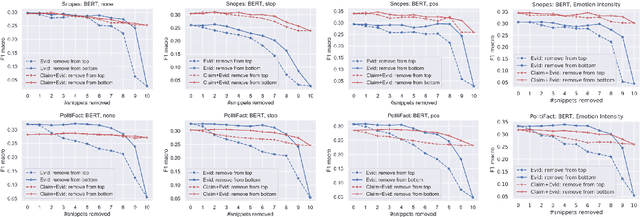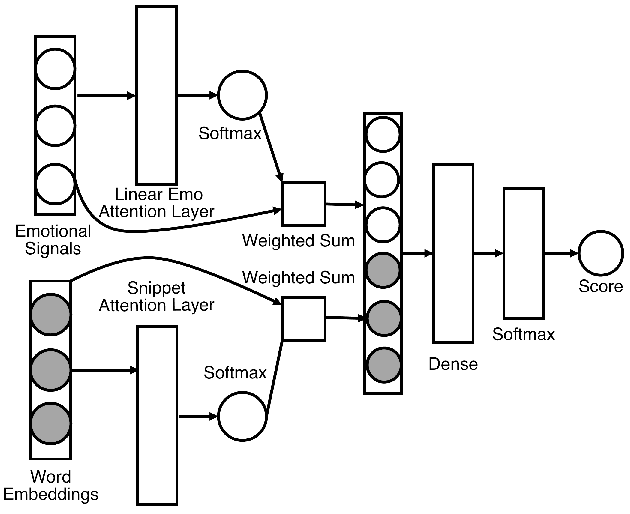Wee Yi Lee
Automatic Fake News Detection: Are current models "fact-checking" or "gut-checking"?
Apr 14, 2022



Abstract:Automatic fake news detection models are ostensibly based on logic, where the truth of a claim made in a headline can be determined by supporting or refuting evidence found in a resulting web query. These models are believed to be reasoning in some way; however, it has been shown that these same results, or better, can be achieved without considering the claim at all -- only the evidence. This implies that other signals are contained within the examined evidence, and could be based on manipulable factors such as emotion, sentiment, or part-of-speech (POS) frequencies, which are vulnerable to adversarial inputs. We neutralize some of these signals through multiple forms of both neural and non-neural pre-processing and style transfer, and find that this flattening of extraneous indicators can induce the models to actually require both claims and evidence to perform well. We conclude with the construction of a model using emotion vectors built off a lexicon and passed through an "emotional attention" mechanism to appropriately weight certain emotions. We provide quantifiable results that prove our hypothesis that manipulable features are being used for fact-checking.
 Add to Chrome
Add to Chrome Add to Firefox
Add to Firefox Add to Edge
Add to Edge